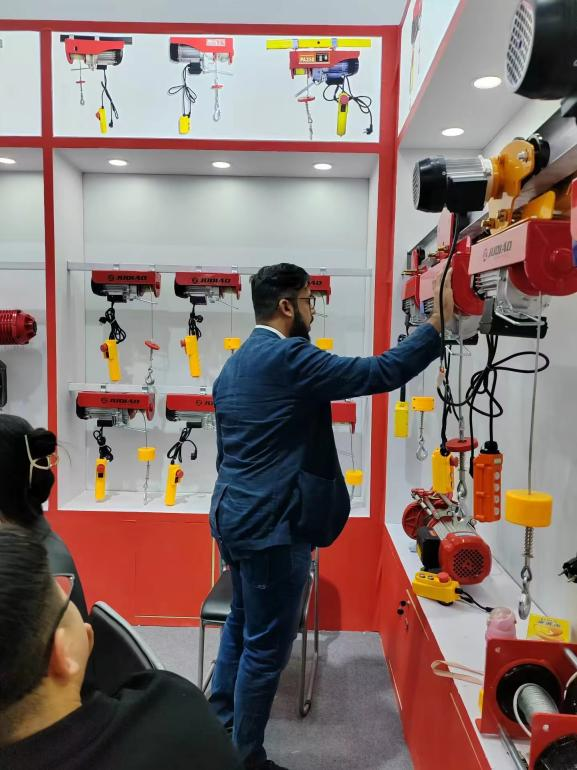


Understanding Fall Arrest Systems Ensuring Safety in Elevated Work Environments
In various industrial and construction settings, workers frequently find themselves at heights where the risk of falling is significant. To mitigate these dangers, the implementation of fall arrest systems (FAS) has become essential. This article explores the importance, components, and best practices regarding fall arrest systems in maintaining occupational safety.
What is a Fall Arrest System?
A fall arrest system is designed to catch a person who is falling, thus preventing serious injuries or fatalities. These systems are particularly crucial in environments such as construction sites, oil rigs, warehouses, and during maintenance work on tall structures. When properly designed and implemented, FAS can save lives and ensure that workers can perform their duties without undue risk.
Components of a Fall Arrest System
A typical fall arrest system consists of several key components
1. Anchorage Points These are secure points where the fall arrest system is attached. They must be capable of bearing the weight of a falling worker plus a safety factor. Common anchorage points include beams, building structures, and specifically-designed anchors.
2. Body Harness The body harness is worn by the worker and is designed to distribute the force of a fall across the body. It includes straps that go around the legs and torso, and a D-ring attachment point on the back for the connecting lanyard or lifeline.
3. Connecting Devices These include lanyards, lifelines, and self-retracting devices, which link the worker to the anchorage point. The key function of these devices is to limit the distance a worker can fall, thereby reducing the risk of injury.
4. Energy Absorbers Some systems include energy-absorbing devices that slow down a fall, which minimizes the impact on the worker. These devices function by elongating and absorbing some of the energy generated during a fall.

Why Fall Arrest Systems Are Essential
The primary purpose of fall arrest systems is to prevent workers from falling from heights. According to OSHA (Occupational Safety and Health Administration) statistics, falls are one of the leading causes of serious work-related injuries and fatalities. Implementing an effective fall protection strategy not only ensures compliance with safety regulations but also preserves the well-being and productivity of employees.
In addition to saving lives, proper fall arrest systems can prevent financial losses associated with workplace injuries. Injury-related costs can include medical expenses, lost wages, and liability claims. By investing in fall protection, employers can reduce these expenses and create a safer working environment, which in turn can enhance employee morale and retention.
Best Practices for Implementing Fall Arrest Systems
1. Risk Assessment Before beginning any work at height, conduct a thorough risk assessment to identify potential hazards and determine the appropriate fall protection measures required.
2. Training Ensure that all employees who will be using fall arrest systems receive proper training. They should understand how to wear body harnesses correctly, how to inspect equipment, and the proper procedures for working at heights.
3. Regular Inspections Conduct routine checks on all fall arrest equipment, including harnesses, connectors, and anchorage points, to ensure they are in good working order. Regular maintenance is crucial to guarantee that systems will perform as intended in an emergency.
4. Emergency Preparedness Develop an emergency rescue plan for situations where a worker falls and is suspended in the harness. This plan should include quick rescue methods and designated personnel trained to perform rescues.
Conclusion
Fall arrest systems are a vital aspect of workplace safety for anyone working at heights. By understanding their components, significance, and best practices for implementation, employers can ensure the safety of their workers. A commitment to maintaining and educating about fall protection strategies not only fulfills legal obligations but also demonstrates a genuine investment in employee safety and welfare. Ultimately, fostering a culture of safety around fall arrest systems can lead to a more productive, engaged, and safer workforce.



